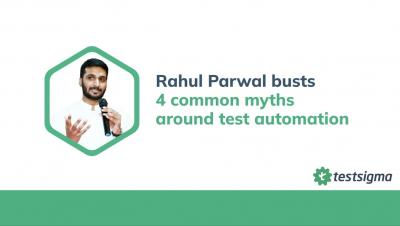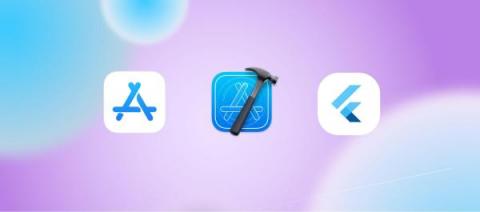UDO Games: With Codemagic everyone can trigger a build
UDO Games is a mobile game studio founded in Turkey in 2013. It is one of the oldest gaming companies in Ankara. Over the course of years, UDO Games has worked on hundreds of games and launched dozens of hit titles with well-known publishers. More than 70 million players have played hyper-casual games created by the studio.











